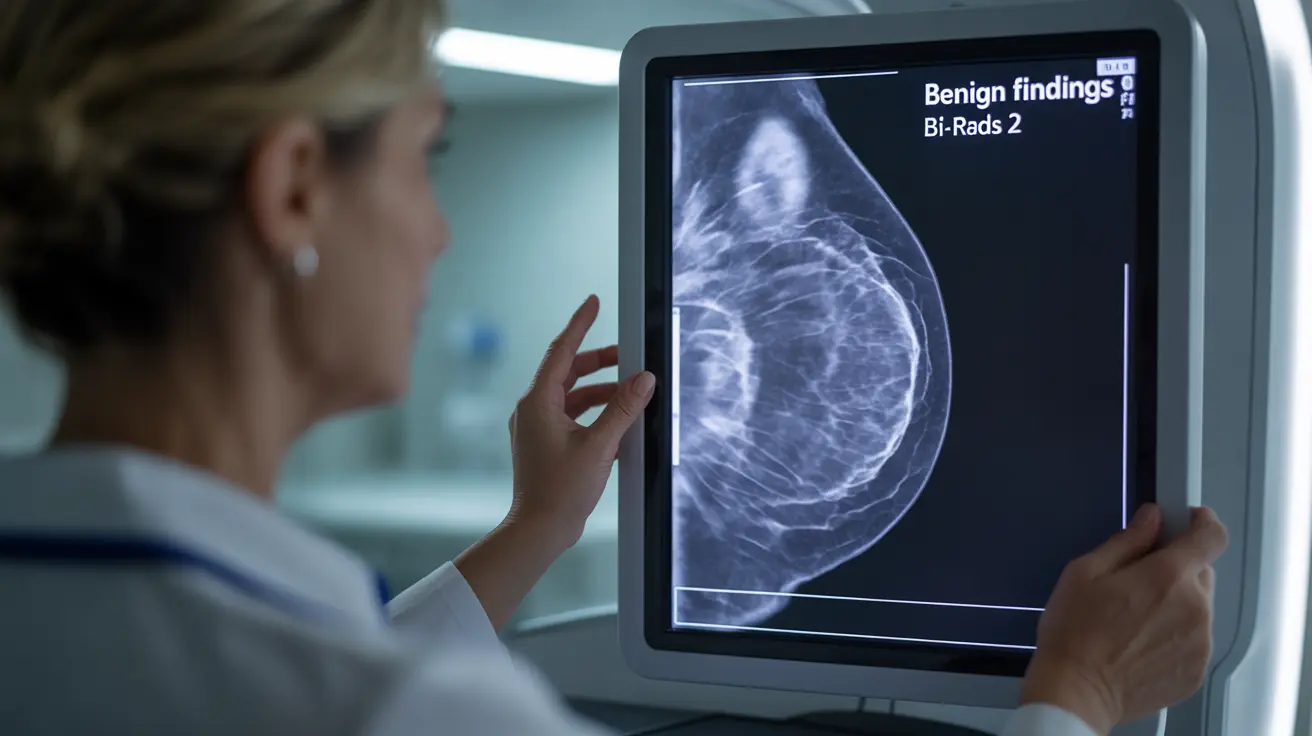Trigeminal neuralgia is a challenging neurological condition that affects the trigeminal nerve, causing intense facial pain. This condition can significantly impact a person's quality of life, making everyday activities a source of discomfort and anxiety. In this article, we'll explore the symptoms, treatments, and management strategies for trigeminal neuralgia, providing valuable insights for those affected by this condition or seeking to understand it better.
What is Trigeminal Neuralgia?
Trigeminal neuralgia, also known as tic douloureux, is a chronic pain condition that affects the trigeminal nerve, which carries sensation from your face to your brain. This condition is characterized by sudden, severe, and often debilitating facial pain that can be triggered by even the slightest touch or movement.
Recognizing the Symptoms
The hallmark of trigeminal neuralgia is its distinctive and intense pain. Patients often describe the sensation as feeling like electric shocks or stabbing pains in their face. These attacks can last from a few seconds to several minutes and may occur in quick succession.
Common Symptoms Include:
- Sharp, shooting pain in the face
- Pain triggered by touch, eating, speaking, or brushing teeth
- Pain localized to one side of the face
- Episodes that can last for days, weeks, or months
- Periods of remission between painful episodes
The intensity of trigeminal neuralgia pain can be so severe that it disrupts daily activities and affects mental health, leading to anxiety and depression in some cases.
Effective Treatments for Trigeminal Neuralgia
While trigeminal neuralgia can be challenging to manage, several treatment options are available. The choice of treatment often depends on the severity of symptoms and individual patient factors.
Medication
Anticonvulsant drugs, such as carbamazepine and oxcarbazepine, are typically the first line of treatment. These medications can help reduce the frequency and intensity of pain episodes. In some cases, muscle relaxants or tricyclic antidepressants may also be prescribed.
Surgical Interventions
When medications prove ineffective or cause intolerable side effects, surgical options may be considered. These include:
- Microvascular decompression (MVD)
- Gamma Knife radiosurgery
- Percutaneous rhizotomy
Each surgical option has its own set of risks and benefits, which should be thoroughly discussed with a healthcare provider.
Managing Triggers and Lifestyle Adjustments
For many individuals with trigeminal neuralgia, certain activities or environmental factors can trigger pain attacks. Understanding and managing these triggers is crucial for improving quality of life.
Common Triggers Include:
- Eating or drinking
- Brushing teeth or shaving
- Applying makeup
- Exposure to wind or temperature changes
- Stress or fatigue
Developing strategies to minimize exposure to these triggers, such as using a straw for drinking or protecting the face from wind, can help reduce the frequency of pain episodes.
Preventing and Reducing Risk
While it's not always possible to prevent trigeminal neuralgia, certain measures may help reduce the risk or manage the condition more effectively:
- Maintaining good oral hygiene to prevent dental issues
- Managing stress through relaxation techniques
- Avoiding excessive caffeine and alcohol
- Staying hydrated and maintaining a balanced diet
- Regular exercise, as approved by a healthcare provider
It's important to note that these strategies may not prevent the condition entirely but can contribute to overall well-being and potentially reduce symptom severity.
Frequently Asked Questions
What are the typical symptoms of trigeminal neuralgia and how does it feel?
Trigeminal neuralgia typically causes sudden, severe, and shock-like pain in the face. Patients often describe it as feeling like electric shocks or stabbing sensations. The pain is usually triggered by everyday activities such as eating, talking, or even a light touch to the face. Episodes can last from a few seconds to several minutes and may occur in rapid succession.
What are the most effective treatments for trigeminal neuralgia, and when is surgery considered?
The most effective treatments for trigeminal neuralgia often start with medications, particularly anticonvulsants like carbamazepine. When medications are ineffective or cause intolerable side effects, surgical options such as microvascular decompression or Gamma Knife radiosurgery may be considered. Surgery is typically recommended when conservative treatments fail to provide adequate pain relief or when the quality of life is significantly impacted.
Can everyday activities like eating or brushing teeth trigger trigeminal neuralgia attacks?
Yes, everyday activities can indeed trigger trigeminal neuralgia attacks. Common triggers include eating, drinking, brushing teeth, shaving, applying makeup, and even exposure to wind or temperature changes. These activities stimulate the trigeminal nerve, potentially leading to pain episodes in affected individuals.
Is there a way to prevent or reduce the risk of developing trigeminal neuralgia?
While there's no guaranteed way to prevent trigeminal neuralgia, certain lifestyle measures may help reduce risk or manage the condition. These include maintaining good oral hygiene, managing stress, staying hydrated, maintaining a balanced diet, and regular exercise as approved by a healthcare provider. However, it's important to note that the exact cause of trigeminal neuralgia is often unknown, making prevention challenging.
What are the risks and benefits of microvascular decompression surgery for trigeminal neuralgia?
Microvascular decompression (MVD) surgery offers the potential for long-term pain relief for many patients with trigeminal neuralgia. The main benefit is that it addresses the root cause by relieving pressure on the trigeminal nerve. However, like any surgical procedure, it carries risks such as infection, bleeding, stroke, or hearing loss. The success rate is generally high, with many patients experiencing significant pain reduction. However, the decision to undergo MVD should be made carefully in consultation with a neurosurgeon, weighing individual risks and potential benefits.
Understanding trigeminal neuralgia is crucial for those affected by this challenging condition. While it can significantly impact quality of life, various treatment options and management strategies are available. By working closely with healthcare providers and adopting appropriate lifestyle adjustments, many individuals can find relief and improve their daily functioning despite living with trigeminal neuralgia.




